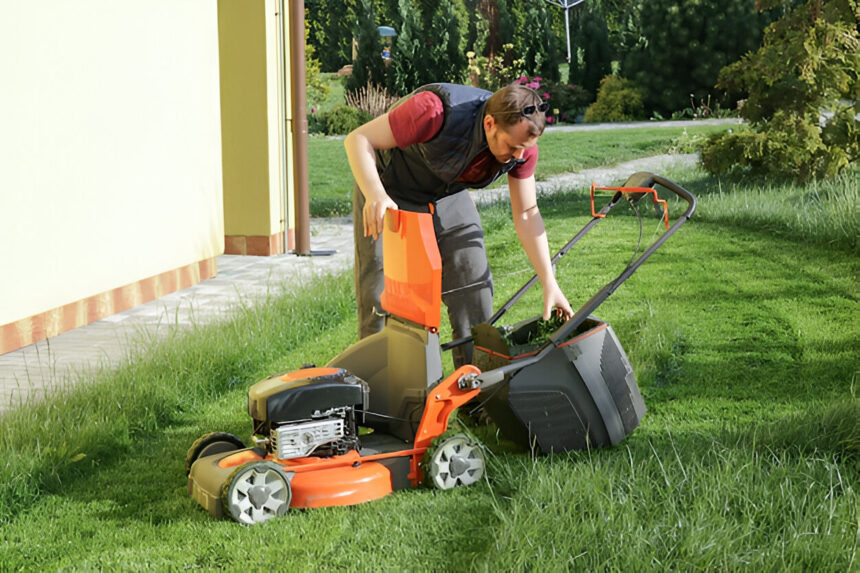Maintaining a healthy and vibrant lawn requires time, effort, and knowledge. From proper mowing techniques to fertilization schedules, there are several key factors to consider when it comes to lawn care. In this comprehensive guide, we will explore the essential practices and tips to help you achieve a lush green yard that will be the envy of your neighborhood.
Understanding Your Lawn
Before diving into the specifics of lawn care, it’s crucial to understand the type of grass you have in your yard. Different grass species have varying requirements in terms of watering, mowing, and fertilization. Common grass types include Bermuda, Kentucky bluegrass, Zoysia, and fescue. Identify the grass variety in your lawn to tailor your care routine accordingly.
Mowing Practices
Proper mowing is essential for the health of your lawn. Set your mower blades to the correct height based on the type of grass you have. Avoid cutting more than one-third of the grass blade length in a single mowing session to prevent stress on the grass. Additionally, alternate your mowing pattern each time to prevent soil compaction and uneven growth.
Watering Techniques
Watering is a critical aspect of lawn care, but it’s essential to do it right. Water deeply but infrequently to encourage deep root growth and drought resistance. Early morning is the best time to water your lawn, as it allows the grass to dry before evening, reducing the risk of disease. Consider investing in a timer or a sprinkler system to ensure consistent watering.
Fertilization and Soil Health
Fertilizing your lawn is necessary to provide essential nutrients for healthy growth. Conduct a soil test to determine the pH level and nutrient deficiencies in your soil. Based on the results, choose a balanced fertilizer that meets your lawn’s specific needs. Apply fertilizer in the spring and fall for optimal results.
Weed Control
Weeds can quickly invade and take over your lawn if left unchecked. Regular weeding is crucial to maintain a healthy turf. Consider using pre-emergent herbicides to prevent weed seeds from germinating. For existing weeds, spot-treat with a post-emergent herbicide to eliminate them without harming the grass.
Aeration and Dethatching
Over time, lawns can become compacted, inhibiting water, air, and nutrient penetration to the roots. Aeration involves perforating the soil with small holes to alleviate compaction and promote root growth. Dethatching, on the other hand, involves removing the layer of dead organic matter that can accumulate on the soil surface. Perform these tasks as needed to keep your lawn healthy.
Pest and Disease Management
Keep an eye out for common lawn pests such as grubs, ants, and chinch bugs, which can damage your grass if left uncontrolled. Regularly inspect your lawn for signs of pest infestations and treat them promptly. Additionally, monitor your lawn for signs of diseases such as brown patch or dollar spot, and take appropriate measures to prevent their spread.
Seasonal Maintenance
Adjust your lawn care routine according to the season to ensure year-round health and vitality. In the spring, focus on fertilization and weed control. Summer requires adequate watering and mowing to cope with the heat. Fall is the time for aeration, overseeding, and preparing your lawn for the winter months. Winter maintenance involves minimizing foot traffic on the dormant grass and keeping it free of debris.
Sustainable Lawn Care Practices
Incorporate sustainable practices into your lawn care routine to minimize environmental impact. Consider using organic fertilizers and pesticides, reducing water consumption through smart irrigation, and avoiding overuse of chemicals. Maintaining a healthy lawn naturally contributes to a thriving ecosystem in your yard.
Conclusion
Achieving a lush green lawn requires dedication and a holistic approach to lawn care. By understanding your grass type, implementing proper mowing and watering techniques, addressing soil health, controlling weeds and pests, and adapting your maintenance routine to the seasons, you can enjoy a vibrant and healthy lawn year-round. Remember, a well-cared-for lawn not only enhances the beauty of your property but also provides a welcoming outdoor space for relaxation and recreation. Follow the tips outlined in this guide, and watch your lawn flourish into a stunning oasis of greenery.





